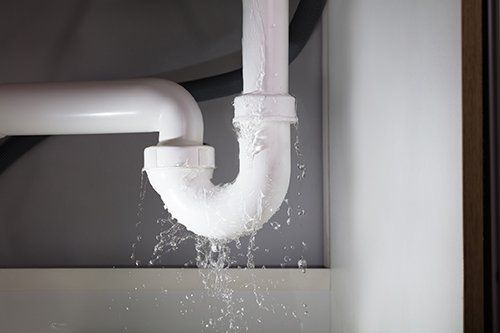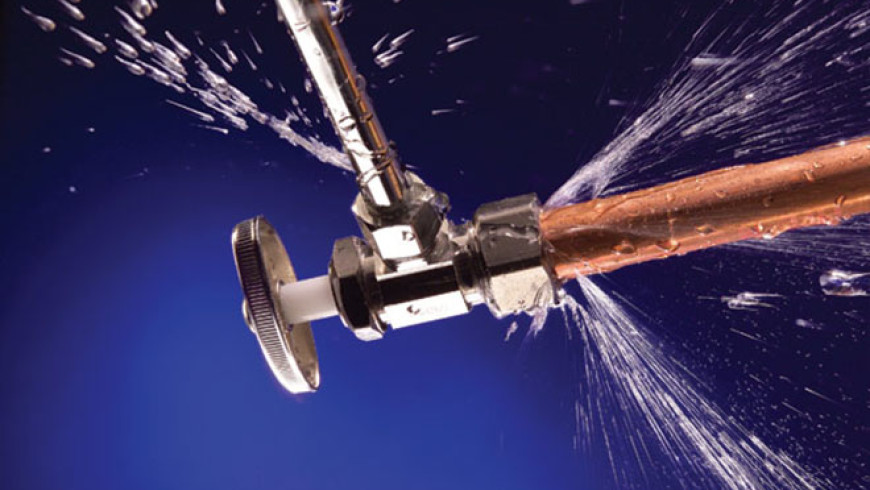Familiarize Yourself With 6 Most Causes Behind Water Seepage at Home
Familiarize Yourself With 6 Most Causes Behind Water Seepage at Home
Blog Article
Just how do you feel when it comes to How Fast Water Damage Can Ruin Your Home?

Leakages not just cause waste of water yet can likewise trigger unnecessary damage to your home as well as advertise unwanted natural development. By comprehending as well as looking for everyday situations that create leakages, you can protect your residence from future leaks as well as unneeded damage.
Encroaching origins
Many water leakages begin outside your house as opposed to inside it. If you see an abrupt decline in water pressure, say in your tap, require time to head out and analyze your lawn. You might observe damp spots or sinkholes in your yard, which may indicate that tree origins are attacking water lines causing water to seep out. You can have your plumber check for intrusion, particularly if you have trees or shrubs near your property.
Rusty water systems
As time goes by, your plumbing system ages and also deterioration such as rust may start eating away the pipes. This might be the reason for discoloration or warping on your water pipes. This calls for an evaluation with your plumber promptly. If our plumbing system is old, take into consideration changing the pipes because they are at a greater danger of rust than the newer versions.
Faulty Pipe Joints
The point at which your pipes link is often the weakest link in the waterline. Pipe joints can weaken with time, leading to water leakages. However, the majority of pipe joints are not quickly visible. If you have loud pipelines that make ticking or banging noises, specifically when the hot water is turned on, your pipe joints are possibly under a lot of stress. It is recommended to have your plumber inspect your system yearly.
Immediate temperature adjustments.
Severe temperature adjustments in our pipelines can create them to expand and contract unexpectedly. This growth as well as contraction may create splits in the pipelines, specifically if the temperature level are below freezing. It would be best if you kept an eye on how your plumbing functions. The visibility of the formerly discussed conditions often suggests a high risk.
Poor Water Connectors
Sometimes, a leakage can be brought on by loose hoses and pipelines that provide your devices. Usually, changing is what triggers the loose water Links. You may find when it comes to a cleaning machine, a pipe may spring a leakage because of trembling throughout the spin cycle. In case of a water links leak, you might see water running straight from the supply line or puddles around your home appliances.
Blocked Drains
Obstructed drains could be irritating and inconveniencing, but they can often wind up causing an overflow bring about rupture pipes. Maintain eliminating any type of materials that may decrease your drains that could obstruct them to stay clear of such aggravations.
All the above are sources of leaks but not all water leakages arise from plumbing leaks; some leakages may come from roof leakages. All leaks ought to be fixed quickly to prevent water damages.
Leaks not just cause waste of water yet can also trigger unnecessary damage to your residence and advertise unwanted organic development. By understanding as well as looking for daily scenarios that cause leaks, you can secure your residence from future leakages and unnecessary damage. Today, we will look at six leakage triggers that may be causing your pipes to trickle.
At times, a leak can be caused by loose pipes and pipelines that provide your home appliances. In instance of a water connections leakage, you might notice water running straight from the supply line or pools around your devices.
How To Check For Water Leak In Your Home
How To Check for Leaks
The average household's leaks can account for nearly 10,000 gallons of water wasted every year and ten percent of homes have leaks that waste 90 gallons or more per day. Common types of leaks found in the home are worn toilet flappers, dripping faucets, and other leaking valves. These types of leaks are often easy to fix, requiring only a few tools and hardware that can pay for themselves in water savings. Fixing easily corrected household water leaks can save homeowners about 10 percent on their water bills.
To check for leaks in your home, you first need to determine whether you're wasting water and then identify the source of the leak. Here are some tips for finding leaks:
Take a look at your water usage during a colder month, such as January or February. If a family of four exceeds 12,000 gallons per month, there are serious leaks.
Check your water meter before and after a two-hour period when no water is being used. If the meter changes at all, you probably have a leak.
Identify toilet leaks by placing a drop of food coloring in the toilet tank. If any color shows up in the bowl after 10 minutes, you have a leak. (Be sure to flush immediately after the experiment to avoid staining the tank.)
Examine faucet gaskets and pipe fittings for any water on the outside of the pipe to check for surface leaks.
Undetected water leaks can happen without the home or business owner even realizing. If you suspect a water leak, but not able to find the source. It is time to contact a professional water leak detection service, The Leak Doctor.
How To Find a Water Leak In Your Home
https://www.leakdoctor.com/blog/How-To-Check-For-Water-Leak-In-Your-Home_AE197.html

I stumbled upon that piece on How to Find Water Leaks while surfing the search engines. Are you aware of another person who is serious about How to detect water leaks in your home? Please feel free to promote it. We take joy in reading our article about Common Water Leaks In House.
Don't delay; get expert help. Report this page